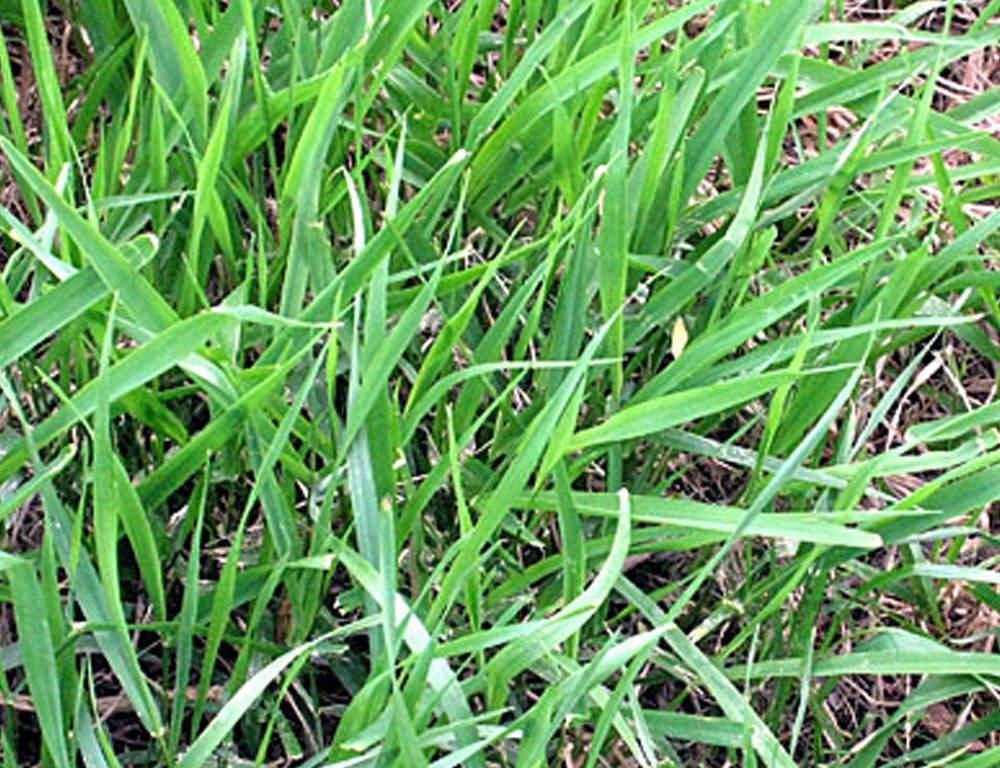

#CROSSBOW HERBICIDE KILL GRASS PROFESSIONAL#
If you feel an herbicide is necessary, the home gardener should consult and hire a landscape professional who may use one of the following pre-emergence or post-emergence herbicides: Because the seeds remain viable in the seed bank, you will need to employ monitoring and management techniques for a number of years. This way, you prevent seeds from maturing. Complete these tasks in late summer when the plants are just about to flower. Timing is very important for hand pulling, trimming, and mowing, however, because when performed early in the summer they encourage flowering and early seed dispersal. You may use a trimmer, or a mower set very low, on larger areas of stiltgrass. Use an appropriate weeding tool on young plants in lawns. Small amounts in your ornamental beds are easy to hand pull because of the plant's shallow root system. If you mow your lawn too short and too often it will be more prone to stiltgrass infestation. Maintain a healthy, dense lawn that competes with and prevents the establishment of weeds. Mulch the soil in your ornamental beds to exclude light and stop stiltgrass from germinating.

It is much easier to eradicate a small area of stiltgrass. The objective is to prevent seed production, therefore if possible you should not wait until the infestation has spread out of bounds before using control methods. When trying to recognize stiltgrass on your property, if you are not sure, email a photograph or take a specimen to your local Extension office for identification. None of them have the unique line of silvery hairs found on the midrib of stiltgrass. Crabgrass and nimblewill have stalky stems and branching seed heads. Smartweed has a pink calyx and glossy black nutlets. Virginia cutgrass has longer leaves and flat compressed seed heads. Also, Pennsylvania smartweed ( Polygonum pensylvanicum), crabgrass ( Digirtaria spp.), and nimblewill ( Muhlenbergia schreberi) may be confused with stiltgrass. There are native perennial look-a-likes: Virginia cutgrass ( Leersia virginica) and some knotweeds ( Persicaria spp.) for example. It is important to recognize the threat of this invasive plant, as outlined above, then to correctly identify it before applying any control. Left unchecked, Japanese stiltgrass can overtake native vegetation in three to five years. In the fall, the thick layer of smothering thatch is slow to decompose. The deer consume native plants instead, allowing stiltgrass to invade the spaces they create. White-tail deer, horses, and goats avoid it because it has little to no value as food for grazers. It can inhibit tree survival and growth when it changes soil nutrient cycling processes a potential threat to the future of our forests. The rapid growth and abundant seed production of Japanese stiltgrass allows it to displace less competitive native vegetation in a wide range of ecosystems. The small seeds may be carried by animal fur, water during heavy rains, contaminated hay, potted plants, or soil and mud stuck to footwear. Stiltgrass thrives in areas subject to regular soil disturbances such as flooding, mowing, tilling, and high foot traffic. A single plant may produce between 100 and 1,000 seeds that can remain viable in the soil for at least three years. Stiltgrass spreads through a high production of seeds and also by sprouting new shoots from the stems that come in contact with the ground. This herbaceous, annual grass germinates in the spring and grows slowly through the summer months. As well as along roads and ditches and in moist woodlands, it is increasingly found on the edges of farm fields, in pasture, hay fields, home landscapes, and turf areas.
#CROSSBOW HERBICIDE KILL GRASS PLUS#
It has colonized most of the eastern United States plus Oklahoma and Texas. about one hundred years ago, probably as packing material in shipments from China. Native to Asia, Japanese stiltgrass was introduced to the U.S. At the end of the season, the plant dies back in heavily infested areas it produces a thick layer of dried, tannish thatch.

Growing one to three feet tall, Japanese stiltgrass has a sprawling, mat-like manner.

Flower spikes grow on top of each stem before the plant sets seed in late August to September. The leaves are one to three inches long and alternately arranged on a branched stalk resembling a smaller, more delicate version of bamboo. Japanese stiltgrass ( Microstegium vimineum) is bright green with a distinctive silvery stripe of reflective hairs along the midrib of each narrow, lance-shaped blade.


 0 kommentar(er)
0 kommentar(er)
